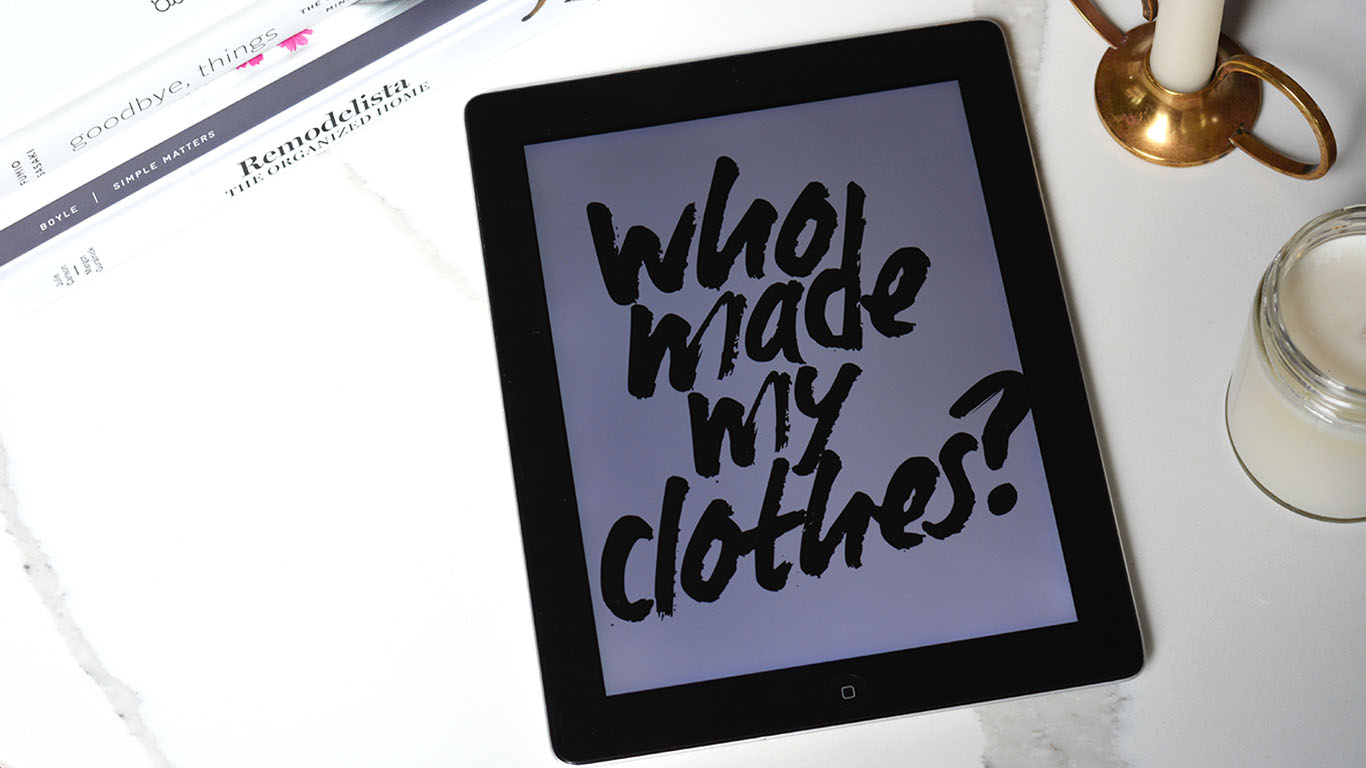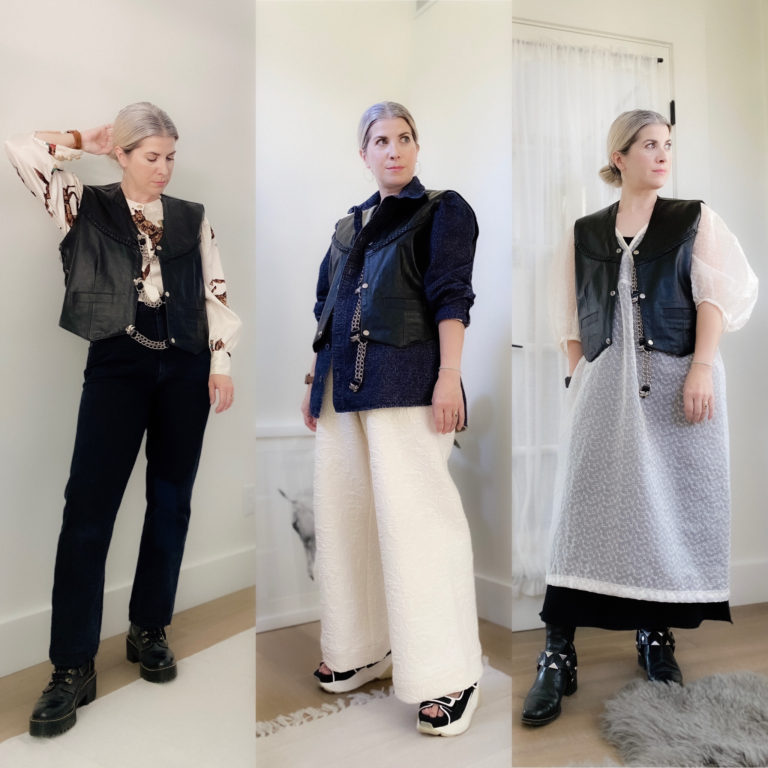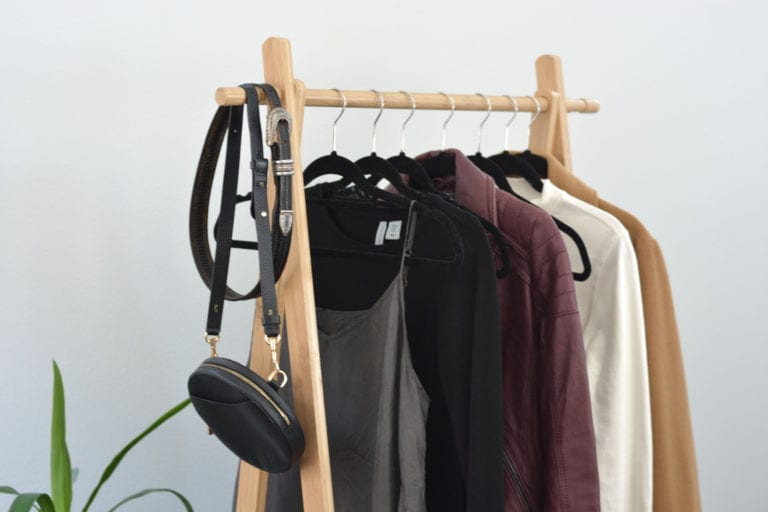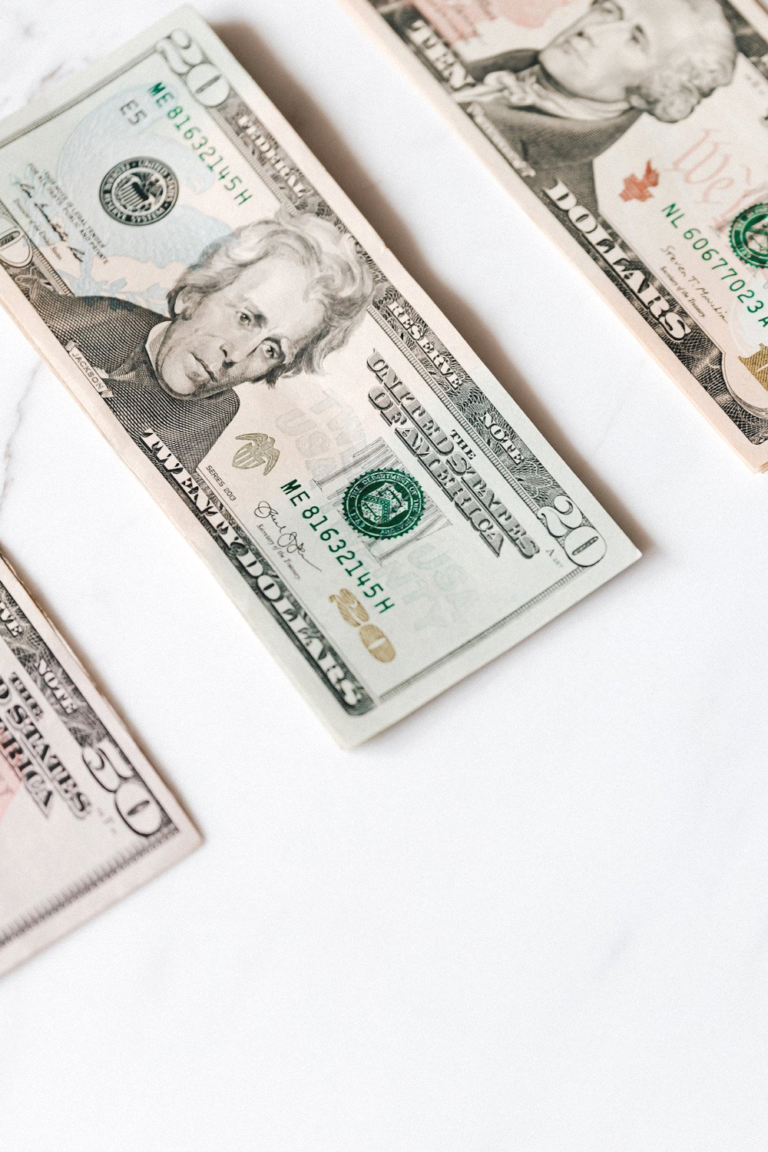We are on the final day of Fashion Revolution Week which is occurring this year from April 22-28th and coincides with the 6th anniversary of the Rana Plaza factory collapse. A collapse in which 1,138 garment workers lost their lives, and many more were injured, as the result of unsafe working conditions. These unsafe conditions were brought to the attention of the factory management, who nonetheless, forced the workers into the building to continue the task of churning out lots of cheaply manufactured garments for very little pay, no benefits, and for many, their lives.
Fashion revolution week was borne out of this tragedy and prompts consumers to ask brands “who made my clothes” (#whomademyclothes) in a concerted effort to prompt fashion brands to provide more transparency in their supply and manufacturing chains. It is a way for consumers to voice their concern over, and advocate for, the fair treatment of garment workers who should be paid properly and have the right to a safe work environment.
………………..
What can you do?
When you first look at the problem, it seems so vast and insurmountable. You may think “what can I, as one person, do to effect change?”. I know I did. But gradually, I began making changes to the way that I consume clothing so that I am not supporting the fast fashion industry. It is not a perfect process, and it never will be, but nothing ever changes if we don’t at least try.
I have put together a list of 9 things that you can do, starting today, to join the fashion revolution and to send a message to fast fashion companies.
1 // Watch “The True Cost” documentary
I think the first step in this process is to watch this documentary to learn about the tragedy and to see how fast fashion is created at the detriment of garment workers and the environment. It’s uncomfortable and gut-wrenching to see how these workers are treated and disregarded, all for some cheaply made clothing that will likely be worn a few times and then discarded.
This documentary was the turning point for me and how I used to consume clothing. Prior to this documentary, I was a huge fan of Banana Republic, J. Crew and anything at TJ Maxx. I remember going to TJ Maxx at least twice a week back in my fast fashion days, which unsurprisingly, coincided with my shopaholic days.
The documentary is also available on Netflix.
2 // Visit the Fashion Revolution website
This website is chockfull of information about what you can do to encourage companies to make policy changes and to increase their transparency, from emailing companies directly to posting on social media. They also have a plethora of resources such as the Fashion Transparency Index 2019 (available to download from their website) which breaks down the transparency of the biggest 200 brands.
3 // Clean your closet and only keep what you love
Take an inventory of your closet. Really look at each item and decide if it is something that you really love. If it isn’t, set it aside to give away to a friend, donate or sell. Only keep the things that you feel great in. One of the best things that you can do for yourself and the revolution is to curate a wardrobe that brings you joy so that you no longer feel the need to constantly add new pieces. You end up with a selection of items that you can wear all the time and feel great in, which means that they will get much more wear.
4 // Contact the makers of your favorite fast fashion items
Look at the pieces that you have left. Do you notice a lot of fast fashion? Would you like to know what efforts the companies are making to support garment workers and sustainable production practices? You can send an email to the makers of your favorite pieces to ask them about their ethics. The fashion revolution website has a good template that you could use if you are unsure about what to write. You can also reach out to them on social media with the hashtag #whomademyclothes. As consumers, we have the ability to motivate change with our spending power. Never underestimate what you can do…
”the action of one, multiplied by many, can change the world”
Gillian – Uncomplicated Spaces
5 // Have a running list for items you need
After assessing the remaining contents of your closet, identify holes in your wardrobe (for example, a blazer or a pair of wide leg pants), make a list of items that you would want to add to your closet and only shop for these items. As new needs arise, add them to the list. Also, during the assessment, make a note of the colors that you tend to like the most, the fit of the clothes that make you feel amazing and also, the material that your clothing is made from. These will all be important in helping you select items that you will cherish for a very long time.
6 // Shop secondhand first
Shop at secondhand stores for any items that you need. This is one of the best things that you can do as part of the fashion revolution. By doing this, you save a clothing item from the landfill and keep that item in circulation. By doing this, you also send a message to fast fashion brands that the demand for new items is decreasing and hopefully, they will reduce production in response.
Locating an item that you are looking for in the secondhand market can be done locally or online. I have often heard people say that they find going into secondhand shops to be overwhelming. I prompt those people to look at it as going on a treasure hunt. There are so many treasures out there waiting to be found. Treasures that are unlike the things that everyone else has.
If you are intimidated by the thought of secondhand shopping, checkout this post for tips on local secondhand shopping and this post for secondhand shopping online.
7 // Shop ethical makers next
If you cannot find what you are looking for in the secondhand market, and it happens…I’ve been looking for the perfect white tee for 2 years…look to ethical makers. These are makers who sometimes make the clothing themselves, or who employ other people to make the clothes. And these garment workers are paid fairly for their work and are given a safe place to carry out their job.
Due to the nature of the company to treat their workers fairly, they typically have sustainable practices in place for the manufacturing of garments. This can include, and is not limited to, using recyclable, renewable materials for their garments such as linen, silk, organic cotton, hemp and bamboo, to name a few; using natural dyes to prevent harmful chemicals from entering waterways; using only recyclable materials in shipping; and using fabric “scraps” to make new products such as leather belts and watch straps.
The major obstacle to buying ethically made clothing that I hear is that it is often not budget-friendly. While it is true that some ethically made clothing and products can be quite expensive, there are some companies out there that are quite affordable. If you are looking for budget-friendly brands, this post on “15 Affordable Ethical Clothing Brands You Need to Know About” is a good place to start.
8 // Implement a capsule wardrobe
Consider implementing a capsule wardrobe. A capsule wardrobe is a set number of pieces that you dress from for a select period if time. One of the most popular capsule wardrobes is the Project 333 capsule wardrobe. The premise is you select 33 items of clothing and wear it for 3 months.
But a capsule can look however you want it too. For example, I currently have a capsule wardrobe of 37 pieces, which you can read about here. I have been less restrictive with this capsule than the past Project 333 capsule that I attempted and I feel like it is working out well. It’s been about a month and I have not felt the urge to look online for new items and I have been feeling content with the choices that I have made. But I also know that I can “shop” my closet for a new item if I need to change something out.
The value in a capsule wardrobe is that it makes you more aware of the clothing that you already own. It can help you assess which pieces are working for you and which ones are not. Having a set number of items that you wear can really help slow down consumption, which is a major goal in any fashion revolution.
9 // Be your own maker
Make your own clothing. Maybe you already do this, or maybe you’re like me and you have no clue how to do this, but I challenge you to consider trying it. Not only is this a great way to learn a new skill, you get the added benefit of picking the fabric that you want, getting a custom fit garment, and saving money in the process. And garment production doesn’t get much more ethical than making you own. also, think about ways that you can mend and repair clothing once it has worn through. There are a lot of cool mending projects. Check out visible mending for some ideas.
Personally, I have purchased some fabric and I am going to attempt to make a wide leg pant and cropped top set. So stay tuned ;). Won’t you join me?
………………..
The journey to changing the amount and the ways in which we consume clothing is complicated and imperfect. Maybe some of these tips won’t work for you. And that’s ok! Anything worth changing takes time. If it all seems overwhelming, pick one thing from this list and incorporate it into your lifestyle. When you’re ready, pick something else and do the same. And on and on.
………………..
Now, I’d love to hear from you! Have you already joined the Fashion Revolution? Do you have any tips that you’d like to add to the list? What things are you doing / will do to help prevent another Rana Plaza tragedy?
………………..







These are all great tips!
I have been worrying lately though, that this whole “mary kondo your closet” and/or “curate a wardrobe you love” is also becoming a marketing strategy. I worry that people are going through their closets, throwing away half the things they own, and in 6 months realizing they want more clothes.
I don’t think throwing away/donating is necessarily the answer. I can understand how having less things in your closet will make you feel happier, but maybe we should try storing the “nos” and the “maybes” under the bed for a few months before getting rid of something just because it feels good, then needing to buy a new one in 6 months.
xxx
Isabel
https://isabelstories.com/
Hi Isabel!! Thank you so much for your thoughtful comment. I had never thought of the closet curation process as a possible marketing strategy but I can certainly see how it could become one now! I look at it more in terms of finding a personal style and figuring out what clothing a person feels best in. Then when they do shop for something, they will know what they like and feel great in, thereby lessening the chance of purchasing yet another garment that they’ll never wear. And I totally understand how this is not possible for everyone (ie. it may not make sense economically for people to get rid of things as you said). I will think of your comment when I write about closet curation in the future. Again, thank you!!